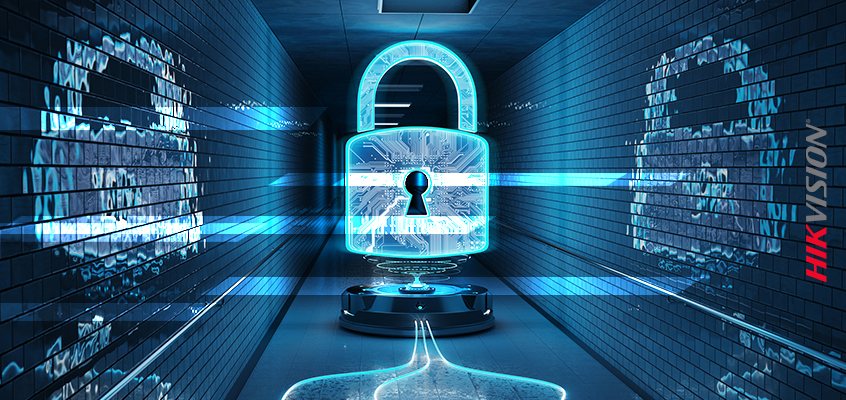The Rise in Phishing Attacks, Plus 4 Tips to Avoid Becoming a Victim

Security Magazine recently released an article revealing that phishing attacks hit an all-time high in the first quarter of 2022 with anti-phishing work group (APWG) noting more than one million attacks during this period. A record-breaking monthly total of 384,291 attacks occurred in March of 2022.
During the first quarter, APWG reported that phishing attacks against the financial industry, including banks, accounted for 23.6% of all phishing. Additional findings include:
- Phishing against social media services rose from 8.5% from the fourth quarter of 2021 to 12.5% in 2022’s first quarter
- Phishing against cryptocurrency targets increased from 6.5% in the previous quarter to 6.6%
- Attacks against retail/ecommerce sites fell from 17.3% after the holiday season to 14.6%
As phishing attacks grow in prominence, Hikvision’s VP of Global Information Security, Chuck Davis, offers an introduction to phishing schemes and four tips to prevent becoming a victim of them.
What is Phishing?
Phishing is used to trick people through the malicious use of social engineering techniques to obtain sensitive information from unsuspecting targets including credit card information, login IDs, and passwords. Phishing also allows attackers access to your computer, protected systems, and/or networks.
Usually arriving in the form of email, social media links, or other digital means, the attacks are crafted to appear as if they have been sent from a legitimate organization, or someone you may know. A link is included that takes you to a fraudulent website that looks almost exactly like the authentic one, where you may be asked to provide personal information such as usernames and passwords.
4 Tips to Avoid Becoming a Victim
While phishing attacks come in all shapes and sizes and can be difficult to distinguish, there are steps you can take to protect yourself. Hikvision’s Davis provides four tips to prevent you from becoming a victim of a phishing scam below.
- Follow standard phishing detection tips.
- Don’t leave your guard down when you see something that looks credible, like a reCAPTCHA, verify the source.
- Use a password manager and have it automatically fill in your username and password. If you’re on a phishing site, it won’t paste your credentials into an unrecognized domain, for example, microsoft.com versus miicrosoft.com.
- Share this information with friends, family and colleagues because knowledge is power.
